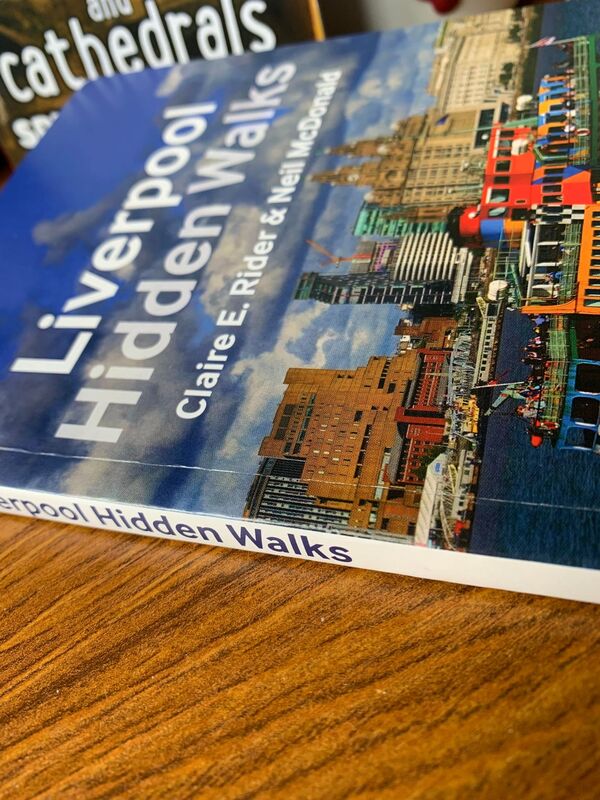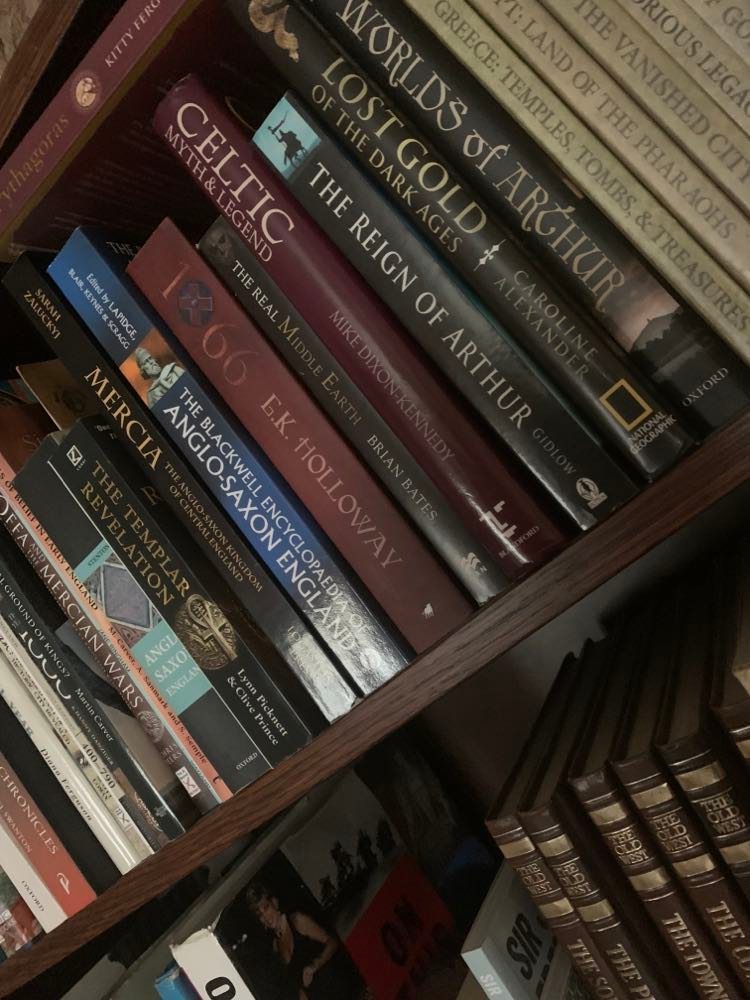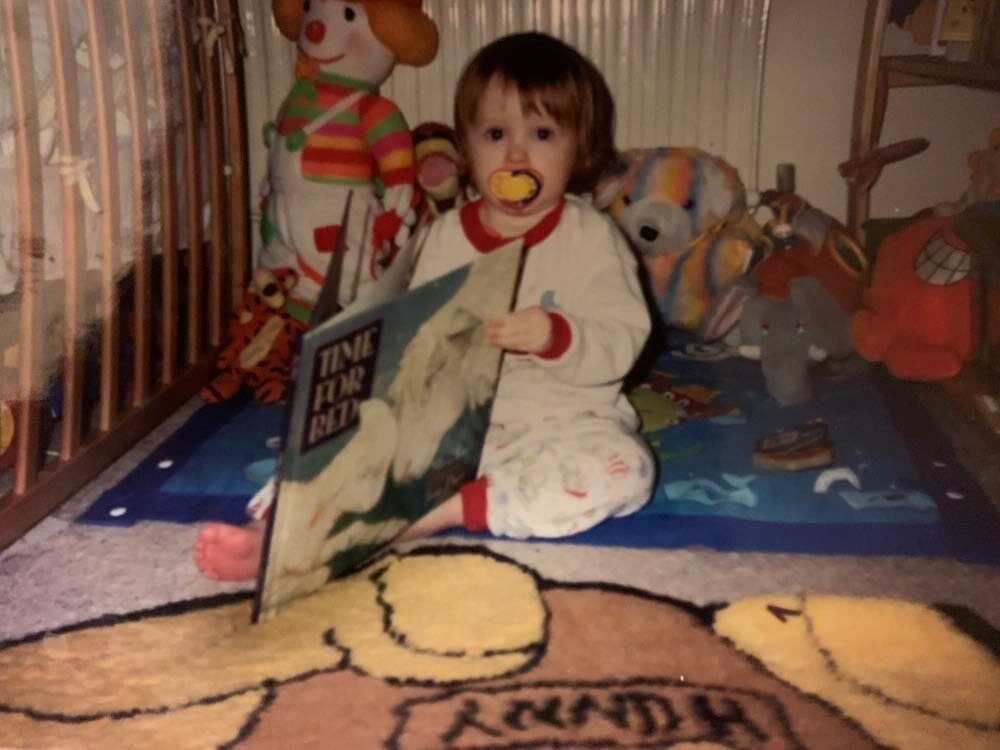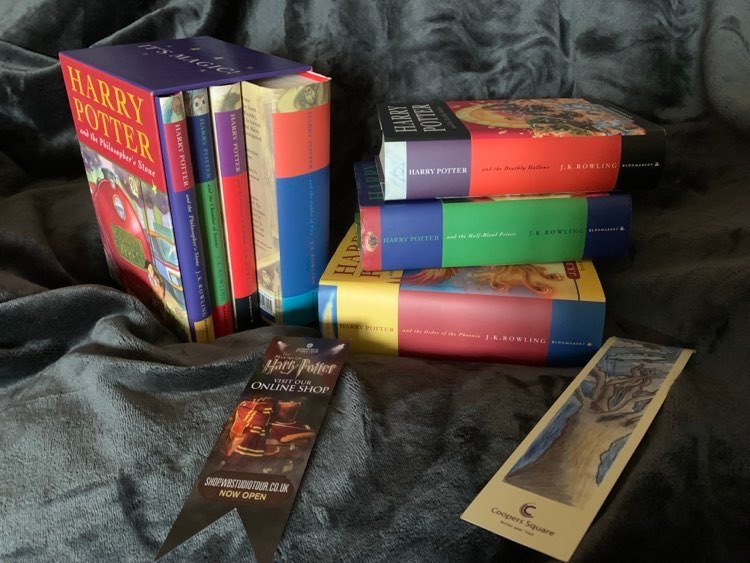What I'm Writing - Novels by A.J. Sefton
|
Be the first to read the next A.J. Sefton novel
Personal information such as email and subscriber information, is never shared or sold to third parties. You may unsubscribe from our mailing list at any time.
|
As a Waterstones and Amazon Associate, commission is paid on qualifying purchases. This does not affect the price of goods or the impartiality of this site.
|
© Copyright 2012-2024 A.J. Sefton
|
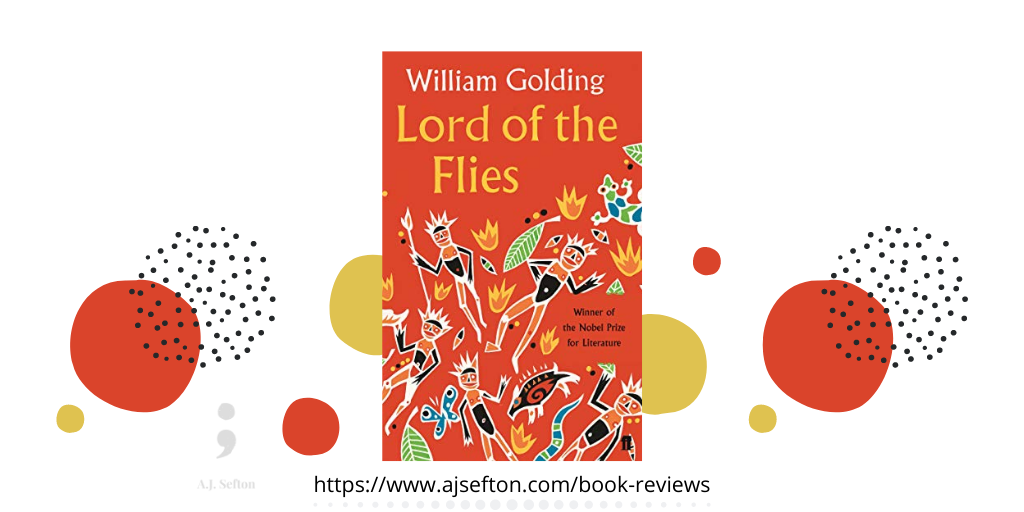



 RSS Feed
RSS Feed





